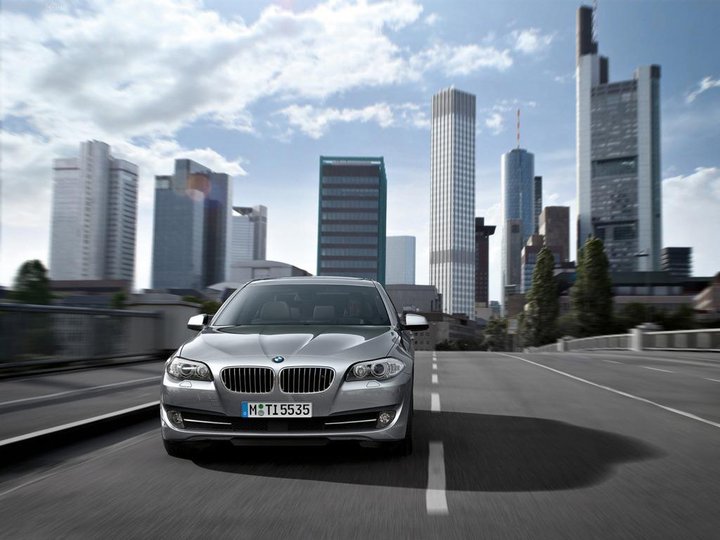Widescreen Car Wallpapers Definition
Source (google.com.pk)Todd-AO began as a high resolution widescreen film format. It was co-developed in the early 1950s by Mike Todd, a Broadway producer, in partnership with the American Optical Company in Buffalo, New York. It was developed to provide a high definition single camera widescreen process to compete with Cinerama. Or as characterized by its creator, "Cinerama outa one hole". Where Cinerama used a complicated setup of three separate strips of film simultaneously, Todd-AO required only a single camera and lens.
The company's focus began to shift after Mike Todd's sudden death in an airplane accident in 1958. The 70mm Todd-AO process was adopted by Panavision, Cinerama and others. As the production and exhibition markets became saturated with Todd-AO System hardware, the focus of the company gradually began to narrow down to the audio post-production side of the business, and Todd-AO became an independent sound mixing facility for commercial motion picture films and television after acquiring Glen Glenn Sound in 1986.
Figure 1. Todd-AO: 65 mm negative and 70 mm positive
While the 70 mm film width had been used before, most notably in the Fox Grandeur process in 1929–1930, earlier processes are not compatible with Todd-AO due to differences in frame dimensions, perforations and type of soundtrack. Todd-AO actually combined the idea of 65 mm photography with frames five sprocket holes tall (also a process with a history extending back to the silent era) with 70 mm wide prints and the magnetic sound that first appeared with CinemaScope, although improved with six channels and much better fidelity. The 70 mm print adds 2.5 mm extra down each edge to accommodate some of the soundtracks. Thus the print actually carried 65 mm perforations and the 65 mm negative was contact printed directly to the 70 mm print stock, as the sprocket holes aligned.
Four lens options (in focal lengths of 35 mm to 56 mm, 63 mm, 65 mm, or 70 mm) covered a 128, 64, 48 or 37 degree field of view. Films were shot on 65 mm negative and the images printed onto 70 mm print stock (5 mm larger to accommodate soundtracks) for projection. The aspect ratio of this format was 2.20:1.
65 mm photography and 70 mm printing became a standard adopted by others. Super Panavision 70 (essentially the Panavision company's version of Todd-AO) and Ultra Panavision 70 (the same mechanically, but with a slight 1.25:1 anamorphic squeeze to accommodate extremely wide aspect ratio images) are both 65/70 processes. Other processes creating 70 mm prints conform to the Todd-AO print format.
The Soviet film industry also copied Todd-AO with their own Sovscope 70 process, identical, except that both the camera and print stock were 70 mm wide.
The original version of the Todd-AO process used a frame rate of 30 frames per second, slightly faster than the 24 frames per second that was (and is) the standard. The difference does not seem great, but the sensitivity of the human eye to flickering declines steeply with frame rate and the small adjustment gave the film noticeably less flicker, and made it steadier and smoother than standard processes. The original system generated an image that was "almost twice as intense as any ever seen onscreen before, and so hot that the film has to be cooled as it passes through the Todd-AO projector."
Only the first two Todd-AO films, Oklahoma! and Around the World in Eighty Days employed 30 frames per second photography. Because of the need for conventional versions at 24 frames per second, every scene of these films was shot twice in succession: once in Todd-AO and once in 35 mm CinemaScope. All subsequent Todd-AO films were shot at 24 frames per second on a 65 mm negative and optically printed to 35 mm film as needed for standard distribution. In all, around 16 feature films were shot in Todd-AO.
Todd-AO was developed and tested in Buffalo, New York at the Regent Theatre. Richard Rodgers and Oscar Hammerstein II went there to see Todd-AO test footage, which led them to approve its use for Oklahoma!. Ampex Corporation engineers were in charge of developing the Todd-AO sound system. Ampex would later go on to manufacture the sound system, including selectable 4-track composite (CinemaScope) or six-track composite (Todd-AO) or four-track interlocked or six-track interlocked or optical sound sources.
The Todd-AO Company also offered a 35 mm anamorphic process technically similar to 35 mm Panavision or CinemaScope. This may cause some confusion if a Todd-AO credit (not necessarily the more specific Todd-AO 35 credit) appears in some widescreen films made in the 1970s and 1980s. It becomes even more confusing as 70 mm prints were made for films which, unlike earlier pictures made in the process, were shown in multiplexes, like Dune and Logan's Run.
Widescreen Car Wallpapers Free Wallpaper Pics Pictures Hd for Desktop Iphone Mobile HD 1080p

Widescreen Car Wallpapers Free Wallpaper Pics Pictures Hd for Desktop Iphone Mobile HD 1080p

Widescreen Car Wallpapers Free Wallpaper Pics Pictures Hd for Desktop Iphone Mobile HD 1080p

Widescreen Car Wallpapers Free Wallpaper Pics Pictures Hd for Desktop Iphone Mobile HD 1080p

Widescreen Car Wallpapers Free Wallpaper Pics Pictures Hd for Desktop Iphone Mobile HD 1080p

Widescreen Car Wallpapers Free Wallpaper Pics Pictures Hd for Desktop Iphone Mobile HD 1080p

Widescreen Car Wallpapers Free Wallpaper Pics Pictures Hd for Desktop Iphone Mobile HD 1080p

Widescreen Car Wallpapers Free Wallpaper Pics Pictures Hd for Desktop Iphone Mobile HD 1080p

Widescreen Car Wallpapers Free Wallpaper Pics Pictures Hd for Desktop Iphone Mobile HD 1080p

Widescreen Car Wallpapers Free Wallpaper Pics Pictures Hd for Desktop Iphone Mobile HD 1080p

